
Vibrant Environment
Oceans And Coasts
All | Biodiversity | Climate Change and Sustainability | Environmental Justice | Governance and Rule of Law | Land Use and Natural Resources | Oceans and Coasts | Pollution Control

Bluefin tuna, the general group name of several species that belong to subgenus of true tunas Thunnus (Thunnus), are the largest of all tunas and have a natural lifespan of over 50 years. Reaching over two meters in length and weighing 200 kilograms as adults, the species is at the top of the marine food chain. But for great white sharks, bluefin tunas have few natural enemies. Sadly, in the last few decades, a new enemy has appeared: humans.

In my last blog, I wrote about ACERGA’s lawsuit against the government of Spain over the current criteria for fisheries quota distribution. In addition to the lawsuit, in late March 2017, ACERGA, in cooperation with the Universidade da Coruña (UDC) Law School, organized a conference to bring together government representatives, fishers, and fishing policy experts to discuss the problems with and propose solutions to the current quota distribution system and purse-seine fishing.

Even prior to recent events, the topic of "presidential power" had been trending. There's now an entire law school course devoted to the Trump Administration's first 100 days; several of us at ELI recently assessed the viability of current and proposed executive branch actions in the regulatory arena; and federal court cases on the travel ban and on defunding sanctuary cities are a reminder that executive orders can be swiftly reviewed where they test constitutional or statutory limits.

The Galician Association of Purse-Seine Vessel Owners (ACERGA by its acronym in Galician) is the largest association of purse-seine vessel owners in Spain. Over a year ago, ACERGA fishers and many members of their families camped in front of the main building of the government of Galicia (northwestern Spain), demanding that their voice be heard in the regulatory process for determining Spain’s annual fishing quota distribution of mackerel and horse mackerel.

When it comes to the global commons, President Donald Trump has made his stance on climate change policy pretty clear. What will be his views on ocean policy? Certainly, given the impact of climate change on ocean acidification, last month’s Executive Order on energy independence was not good news for ocean health. But there are a multitude of marine and coastal issues that the Trump Administration will have to face.
Charting the Course: A Survey on Public Engagement in the Natural Resource Damage Assessment Process
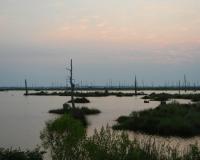
Public participation and engagement are easy values to talk about generally, but are difficult to implement meaningfully. In Gulf restoration, the natural resource damage assessment (NRDA) process provides the federal government, states, and the public with an unprecedented opportunity to pursue the difficult actions that put these values into practice.
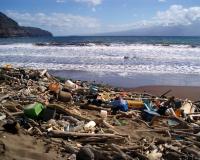
The Great Pacific Garbage Patch, a collection of marine debris swirling around the north Pacific Ocean, is estimated by some scientists to be roughly the same size as the state of Texas. While the Garbage Patch moniker can conjure images of a physical trash island, in reality, it is almost entirely made up of microplastics not always seen by the eye, turning the sea into a cloudy soup. Around 80% of the debris comes from land-based sources in North America and Asia.
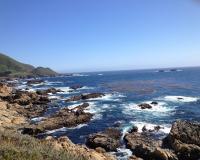
The legislative process is complicated. Sea-level rise adaptation is complicated. Combine the two, and a tangled mess can result as the law sorts itself out.
Few laws on the books were written with sea-level rise (or climate change, generally) in mind. As a result, policymakers, lawyers, and property owners are left to their own devices to determine how it all fits together. This round hole-square peg legal setup often requires judicial adjudication to become workable and uniform.
At the national level, the regulation of greenhouse gases under the Clean Air Act is a great example.
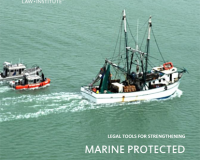
At the 2016 Our Ocean Conference, nearly 20 countries announced the creation of new Marine Protected Areas (MPAs) or the expansion of existing ones. This is an important step in the right direction, but creating new MPAs will not make a significant difference if new and old MPAs are not effectively enforced. Through the release of its report, Legal Tools for Strengthening Marine Protected Area Enforcement: A Handbook for Developing Nations, the Environmental Law Institute’s (ELI’s) Ocean Program is playing its part to assist countries in ensuring that MPAs are effectively implemented and enforced, delivering positive conservation outcomes.
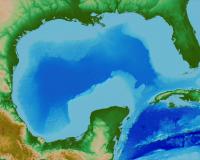
On August 23, 2016, the Gulf Coast Ecosystem Restoration Council (Council) released its draft Comprehensive Plan Update. This plan “is intended to provide strategic guidance” to the Council in order to “improve Council decisions…” No projects or programs are proposed in the plan. The public has until October 7, 2016 to comment on the plan. If the plan is approved, it will “supersede[] the Initial Plan approved by the Council in August 2013.”
This post highlights some of the key features of the plan, including where it fits into Gulf restoration, what’s in the plan, and what questions remain.